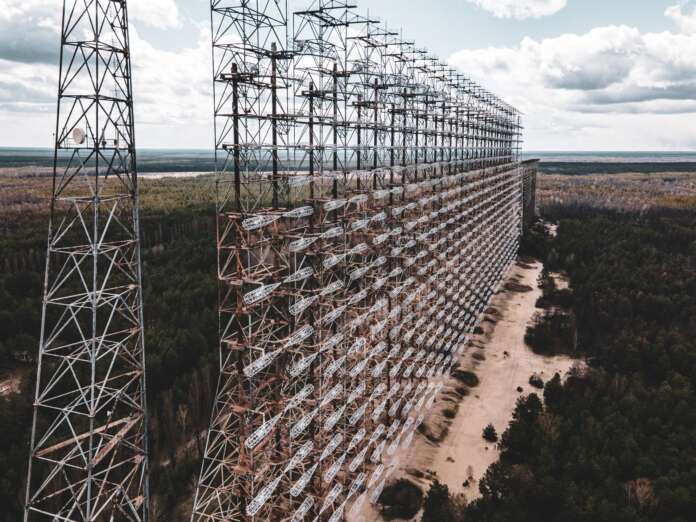Earlier this month, the European Network of Transmission System Operators for Electricity (ENTSO-E) published its Winter Outlook 2022-2023, Summer 2022 Review report, assessing the state of the European electricity supply for the current winter period.
The report noted a higher “adequacy risk” compared to previous winters. The main system stress is identified in Ireland, France, Southern Sweden, Finland, Malta and Cyprus, “where Loss of Load Expectation (LOLE) has risen to higher levels than previous winters and there are simultaneous scarcity situations in various countries”. This could potentially mean that Central and Eastern Europe (CEE) is in a comparatively stronger position.
According to the report, the EU’s measures introduced throughout the ongoing crisis (for example, gas storage targets, energy consumption reduction and so on) are expected to decrease the adequacy risk.
The electricity system remains “highly dependent on gas”, however, “favourable weather conditions may relieve this reliance on the power system”. Indeed, the decrease in gas prices during the historically warm October is perhaps a good example of this observation.
The report identified additional risks for the winter that can materialise and have a substantial impact on the adequacy situation, especially if they coincide. Close follow-up is needed on the “uncertainties around nuclear availability” in France, Sweden and Finland, as well as coal supply in Poland and Germany.
Level of interconnection: “limited” net exports from Poland
The report also provided an outline of the level of electricity interconnection in Europe, demonstrating the ratio of the lowest import capacity in the current period (winter) to the highest expected demand during the winter. In this area, the report stated: “system adequacy relies on all market participants. Efficient market integration and pooling of resources at the regional level are key for adequacy support this winter. Cross-border cooperation and close coordination at all levels will be key to ensure that the European power system is adequate.”
Looking closer into the CEE region, the report noted that net exports from Poland may be limited during this period. The reason for the potential limitation stems from the limited coal stock for utilities, which results in “generation units’ unavailability, leading to periods with scarcity risks in the Polish power system, especially during high load and low RES in-feed”. However, the Polish power system is considered “fully available for power transit between neighbouring power systems”, including between Lithuania-Sweden and Germany-Czech Republic-Slovakia.



